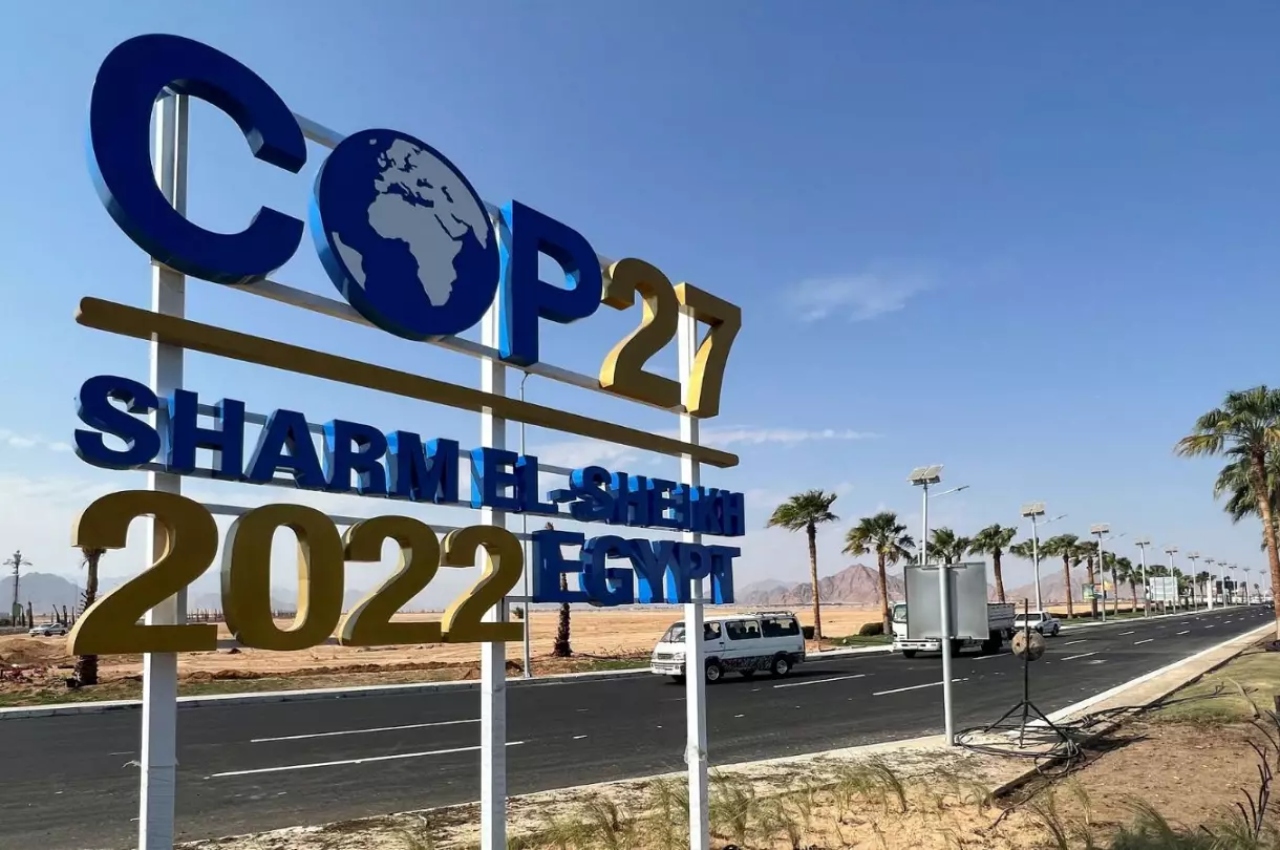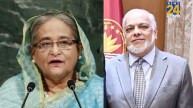COP27: Negotiators approved a historic accord early Sunday to establish a fund to compensate poor countries for extreme weather exacerbated by rich countries’ carbon emissions, but a bigger agreement was still up in the air due to a disagreement over emission reduction plans.
Following the approval of the fund decision, discussions were suspended for 30 minutes so that participants may study the contents of the other items they would be voting on.
The judgement creates a fund for what negotiators refer to as loss and harm. It is a significant victory for less developed countries, who have long demanded money that is sometimes seen as reparations because they frequently suffer from climate-related floods, droughts, heat waves, famines, and storms despite having made minimal contributions to the pollution that is heating up the world.
It has also previously been referred to as a climate justice issue.
We hope that this marks the culmination of a 30-year journey for us, said Pakistan’s climate minister Sherry Rehman, who frequently led the charge for the world’s poorest countries. The phrase “What happened in Pakistan will not stay in Pakistan” was repeated by her and other government officials this summer when a terrible flood swamped one-third of her country.
Aminath Shauna, the environment minister for the Maldives, told The Associated on Saturday that this meant that “countries like ours will have the mosaic of answers that we have been promoting.”
The choice was regarded as historic by outside analysts.
Ani Dasgupta, president of the environmental think tank World Resources Institute, made the statement shortly after the early morning approval. She explained that this loss and damage fund will be a lifeline for poor families whose homes are destroyed, farmers whose fields are destroyed, and islanders evicted from their ancestral homes. This successful COP27 conclusion is a crucial step in reestablishing trust with vulnerable nations.
It’s an example of what can be accomplished when the world’s poorest countries work together, according to Alex Scott, a climate diplomacy expert at the think tank E3G.
The fact that governments are genuinely working together to figure out at least the first step of… how to deal with the problem of loss and destruction, Scott remarked, is important in my opinion. She added that, like with all climate financials, setting up a fund is one thing, but getting money coming in and going out is quite another. The rich world has yet to fulfil its 2009 commitment to invest $100 billion annually in additional climate aid to assist developing countries in pursuing green energy and preparing for future warming.
According to Harjeet Singh, director of global political strategy at Climate Action Network International, the pact gives hope to the most vulnerable people that they will receive assistance in recovering from climate disasters and rebuilding their lives.
According to Dartmouth climate scientist Justin Mankin, who computed cash estimates for each country’s warming, loss and damage is a way of both acknowledging and making up for previous suffering. These hazards can be located scientifically.
According to Sacoby Wilson, a professor of environmental health and justice at the University of Maryland, “In many respects, we’re talking about reparations.” He claimed that the phrase was relevant given that wealthy northern nations benefited from fossil fuels while the poorer global south suffered harm from floods, droughts, climate refugees, and starvation.
An agreement was reached a few hours after the Egyptian presidency, which had received criticism from all sides, presented a new loss and damage arrangement. However, Norway’s negotiator claimed that it was really a result of countries working together rather than the Egyptians.
The deal’s shepherds, Chilean Environment Minister Maisa Rojas and German climate envoy Jennifer Morgan, hugged after passage, posed for a picture, and exclaimed, “Yeah, we made it!”













